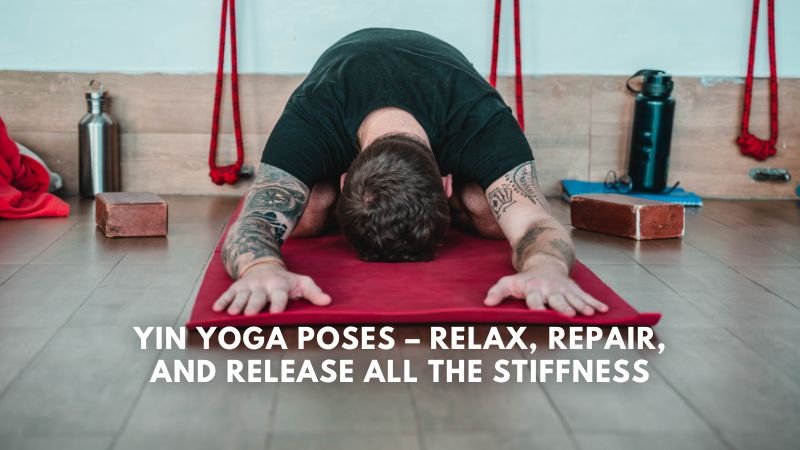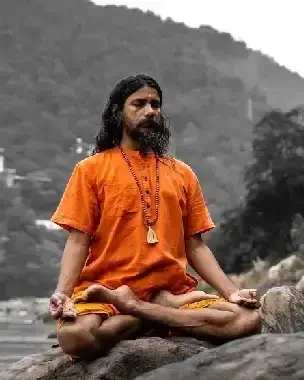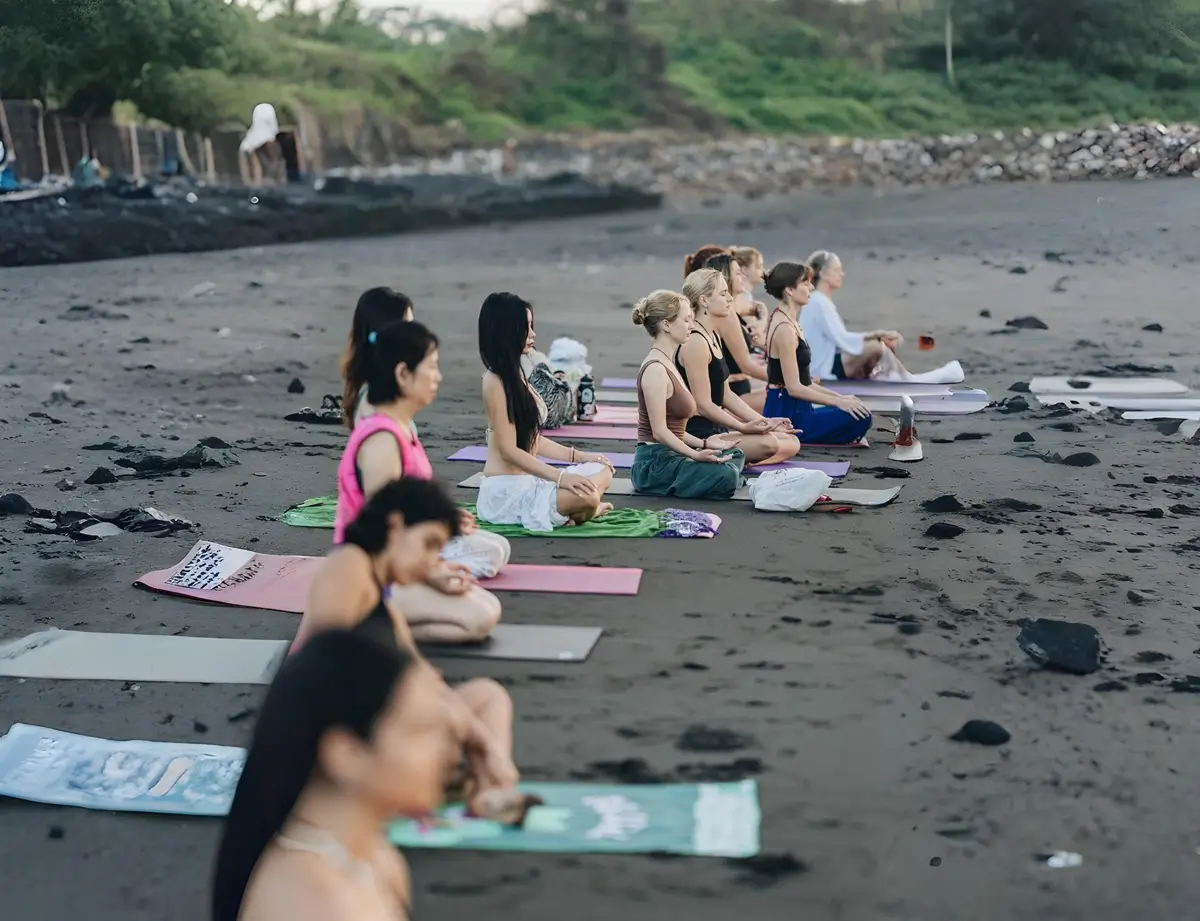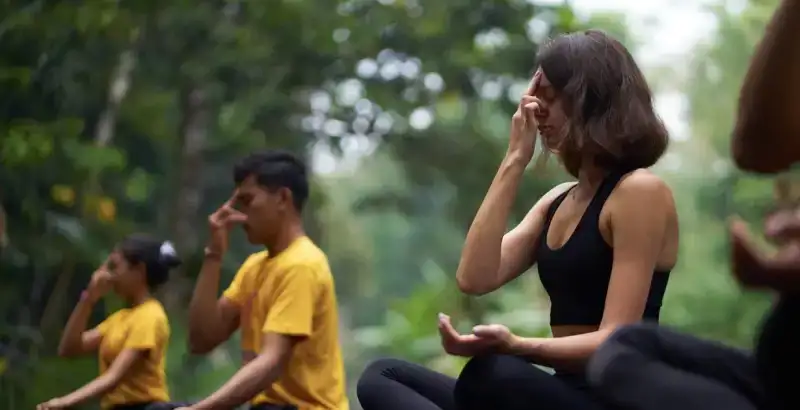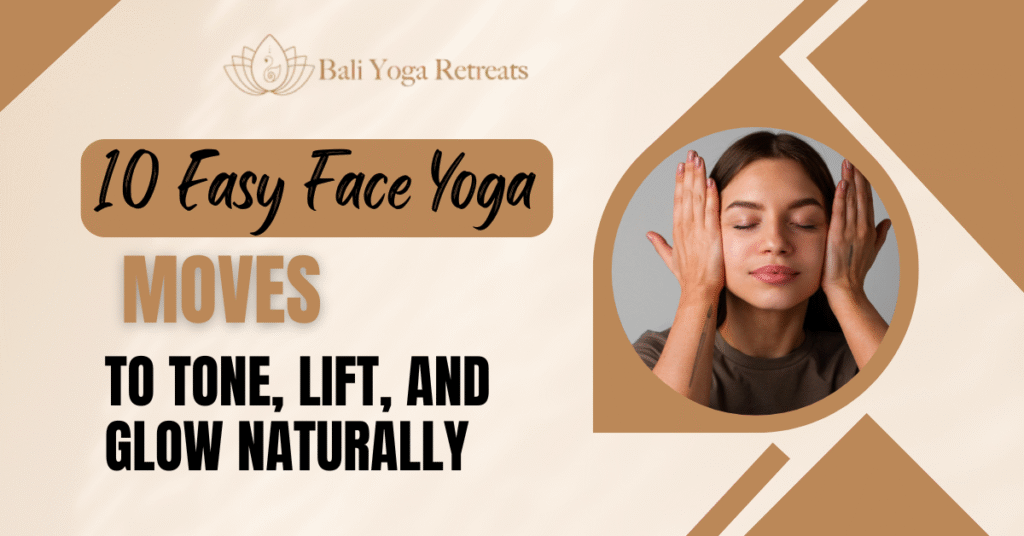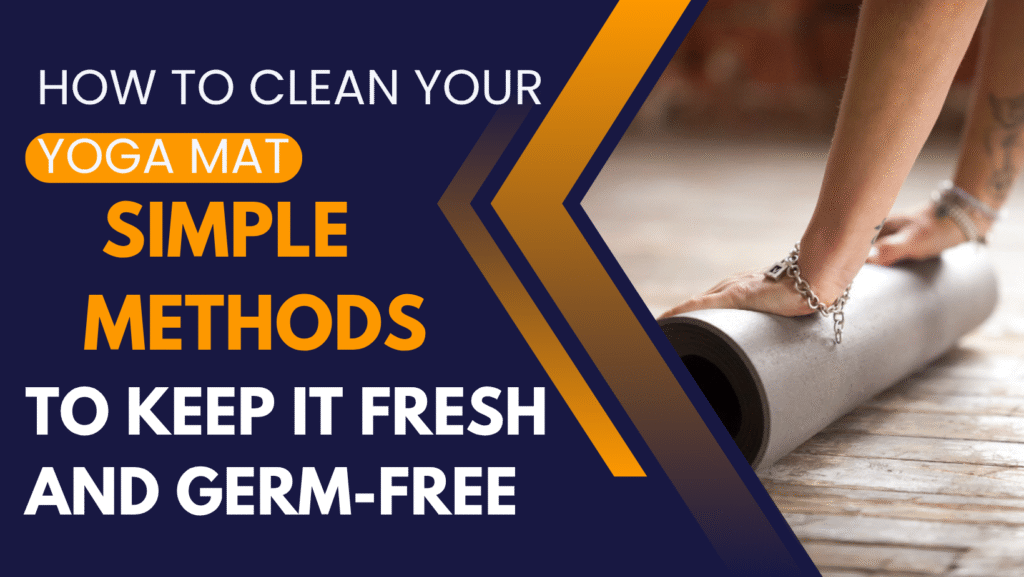In a world that celebrates constant motion and productivity, Yin Yoga invites us to pause, soften, and surrender. Unlike dynamic yoga styles that emphasize muscle engagement and movement, Yin Yoga targets the deeper layers of the body — the connective tissues, ligaments, joints, and fascia — through slow, passive stretches and longer holds.
Whether you’re seeking emotional balance, relief from tension, or a meditative way to reconnect with yourself, Yin Yoga is a gentle yet powerful practice that brings stillness and restoration. In this guide, we’ll explore the philosophy, benefits, and essential poses of Yin Yoga to help you experience deep relaxation, repair, and release.
What Is Yin Yoga?
Yin Yoga is a slow-paced style of yoga that focuses on holding postures for longer durations — typically between 3 to 7 minutes. Rooted in the principles of Traditional Chinese Medicine (TCM) and Taoist philosophy, Yin Yoga works on the body’s energy channels or “meridians,” promoting balance in the flow of life force (Qi or Prana).
The Philosophy Behind Yin Yoga
- Yin vs. Yang: In Taoist philosophy, Yin and Yang represent two complementary forces. Yang symbolizes activity, heat, and movement, while Yin stands for stillness, coolness, and receptivity. Modern lifestyles often lean heavily toward Yang energy — constant doing. Yin Yoga brings harmony by reintroducing balance through stillness and introspection.
- Mindfulness and Acceptance: Yin Yoga encourages awareness of sensations, thoughts, and emotions that arise during long holds. This mindful stillness helps cultivate patience and self-compassion, making it a deeply meditative practice.
Benefits of Yin Yoga
Yin Yoga offers both physical and mental benefits that extend far beyond the mat. Here are some key advantages:
1. Deep Relaxation and Stress Relief
The long, passive holds in Yin Yoga activate the parasympathetic nervous system — your body’s “rest and digest” mode. This helps calm the mind, reduce stress hormones, and ease anxiety.
2. Improved Flexibility and Joint Mobility
By gently stretching the connective tissues, Yin Yoga increases flexibility and enhances joint mobility. Over time, it helps release stored tension and stiffness, improving overall range of motion.
3. Enhanced Circulation and Energy Flow
Yin postures stimulate meridian lines that correspond to organs and energy centers in the body. This improves the flow of Qi (life energy), promoting physical and emotional balance.
4. Emotional Release and Inner Healing
Each Yin pose can bring suppressed emotions to the surface, allowing for deep emotional healing. The stillness gives you space to process, release, and let go of what no longer serves you.
5. Better Sleep and Mental Clarity
The relaxation response induced by Yin Yoga prepares the mind and body for quality sleep. Regular practice can also sharpen mental clarity and concentration.
Essential Yin Yoga Poses for Deep Relaxation and Release
Below are some beginner-friendly Yin poses that nurture deep relaxation, flexibility, and energetic balance. Always remember: comfort and safety come first — use props like bolsters, blankets, or blocks to support your body.
1. Butterfly Pose (Baddha Konasana)
How to:
Sit with your feet together and knees falling open. Gently fold forward, allowing your spine to round naturally.
Benefits:
Opens the hips, stretches the inner thighs, and stimulates the kidney and liver meridians.
2. Dragon Pose (Low Lunge)
How to:
From a tabletop position, bring your right foot between your hands and slide the left leg back. Keep your hands on the mat or rest on blocks.
Benefits:
Targets the hip flexors and quadriceps; releases stored emotional tension in the hips.
3. Caterpillar Pose (Seated Forward Fold)
How to:
Sit with legs extended forward and slowly fold over your legs, allowing your back to round.
Benefits:
Stretches the hamstrings and spine; soothes the nervous system and promotes introspection.
4. Sphinx Pose
How to:
Lie on your belly and prop yourself on your forearms with elbows under shoulders. Relax the glutes and breathe deeply.
Benefits:
Stimulates the spine, improves posture, and supports lower back health.
5. Reclined Twist (Supta Matsyendrasana)
How to:
Lie on your back, draw one knee across your body, and let it rest on the floor. Extend your opposite arm and look in the opposite direction.
Benefits:
Detoxifies the organs, stretches the spine, and releases physical and emotional tension.
6. Supported Child’s Pose (Balasana)
How to:
Kneel on the mat, bring your big toes together, and widen your knees. Place a bolster under your chest and relax completely.
Benefits:
Calms the nervous system, opens the hips, and provides a deep sense of safety and surrender.
Tips for Practicing Yin Yoga
- Hold Each Pose Longer: Stay in each pose for 3–7 minutes to target connective tissues effectively.
- Use Props for Support: Bolsters, blankets, or blocks help reduce strain and encourage deeper relaxation.
- Focus on Breath: Maintain slow, deep breathing to stay present and calm.
- Avoid Overstretching: Yin is not about pushing limits — it’s about softening and listening to your body.
- Stay Still: Once you find your edge, remain still and let gravity do the work.
Integrating Yin Yoga Into Your Routine
You don’t need to dedicate hours — even 20 to 30 minutes, 3 times a week, can bring transformative results. It’s also a perfect complement to dynamic styles like Vinyasa or Ashtanga, balancing out the body’s Yin and Yang energies.
Try practicing Yin Yoga:
- Before bedtime for better sleep
- After intense workouts for recovery
- During stressful days for emotional grounding
Final Thoughts
Yin Yoga is not just a physical practice — it’s a doorway to self-discovery, stillness, and surrender. By embracing slowness, we reconnect with the parts of ourselves we often ignore in our busy lives. Through consistent practice, you’ll experience deep relaxation, inner peace, and a renewed sense of vitality.
Whether you’re a beginner or an experienced yogi, Yin Yoga reminds you that sometimes the most profound strength lies in softness and stillness.
